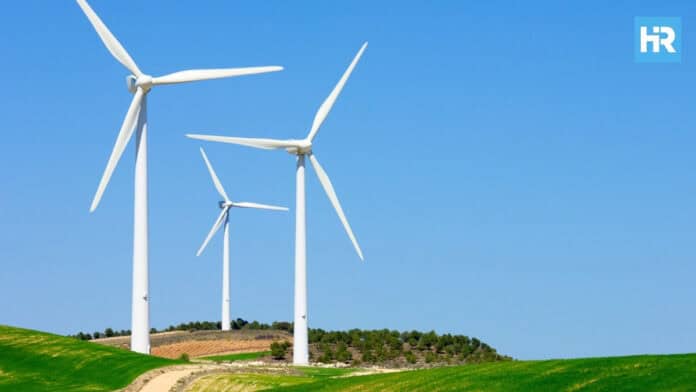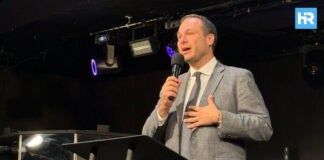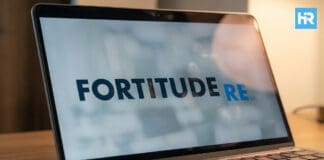New York State has introduced the RAPID Act, a new law that will speed up and simplify the approval process for renewable energy and electric projects.
The act combines all the steps into one simple process to avoid delays and confusion.
It protects the environment and gives local people a chance to share their input on how projects are planned and done.
The RAPID Act aims to speed up clean energy projects while protecting people and nature.
It also includes public meetings, clear deadlines, and simple rules to help developers follow the process.
Let’s take a closer look at the details!
- The RAPID Act brings together the approval process for renewable energy and major transmission projects under the Office of Renewable Energy Siting (ORES).
- The act sets specific timelines and safety measures to make sure permits are approved on time, helping projects move faster.
- Developers must meet strict rules, including consultations with local communities and Indigenous Nations and completing detailed environmental studies.
What is the RAPID Act?
On December 18, 2024, the New York State Office of Renewable Energy Siting and Electric Transmission (ORES) introduced draft rules for the RAPID Act, which changes how renewable energy and major electric transmission projects are reviewed and approved.
The rules should simplify the approval process for big renewable energy and electric projects by combining what used to be separate processes into one system.
Before the RAPID Act, renewable energy projects and transmission facilities were reviewed separately by different agencies, which caused delays and confusion.
Now, ORES will handle everything under one set of rules.
The draft regulations also include clear timelines, better pre-application steps, and ways to avoid long delays in getting permits.
Streamlined Rules for Permits and Applications
The General Rules (16 N.Y.C.R.R. 1100 et seq.) set the basic steps that both renewable energy and transmission projects need to follow:
- Early Meetings with Communities: Developers must meet with Indigenous Nations and local communities near the project area. If the project is in a disadvantaged area, at least one meeting must happen there.
- Informing Landowners: Developers must notify people whose properties might be affected, including those along possible alternative routes.
- Deadlines for Applications: Developers must submit their applications 60 days after giving notice. If they miss this deadline, they may have to start over.
- Certifications for Accuracy: All applications must include statements from a responsible person and a licensed engineer to confirm the information is correct.
- Faster Approvals: ORES must decide within 60 days if a renewable energy project application is complete and within 120 days for a transmission project. Final decisions must happen within one year, or permits will be automatically approved if certain conditions are met.
Requirements for Renewable Energy Projects
New rules have been introduced for projects like wind farms and solar panels. Developers now need to do more planning before they can apply for permits.
For example, wetlands on or near project sites need to be carefully studied to make sure they won’t be harmed.
Developers also need to conduct detailed studies of how their projects might change the area’s appearance, especially if it’s near homes or important landmarks.
Farmland used for agriculture must be protected as much as possible. If developers can’t avoid affecting farmland, they may have to pay fees to support other agricultural projects in New York.
New Rules for Transmission Projects
Electric transmission projects like new power lines also face stricter requirements under the RAPID Act.
Developers must study several possible routes for their projects and consult with communities and officials along these routes––so the best option is chosen and everyone impacted has a say.
For underwater cables, such as those running through rivers or oceans, there are specific rules to make sure construction is done carefully and doesn’t harm the environment or aquatic life.
Projects must also show they are needed to meet energy goals and explain why the chosen route is the best one.
If someone suggests an alternative route early in the process, the developer may have to start over with new studies and consultations, which could delay the project.
Public Hearings and How to Get Involved
Public hearings are scheduled across New York State and online so people can share their thoughts on the Draft Generic Environmental Impact Statement (GEIS).
Each location will host two hearings to give everyone a chance to attend:
- Capital Region: February 18, 2025, at 1:00 PM and 5:00 PM at Hudson Valley Community College, Bulmer Telecommunications Center, 80 Vandenburgh Avenue, Troy, NY 12180.
- Long Island: February 26, 2025, at 1:00 PM and 6:00 PM at Nassau County Legislature, Peter J. Schmitt Legislative Chamber, 1550 Franklin Avenue, Mineola, NY 11501.
- New York City: February 27, 2025, at 1:00 PM and 6:00 PM at the New York State Department of Public Service, 4th Floor Board Room, 90 Church Street, New York, NY 10007.
- Western New York: March 4, 2025, at 1:00 PM and 5:00 PM at Frank E. Merriweather Jr. Library, 1324 Jefferson Avenue, Buffalo, NY 14208.
- North Country: March 4, 2025, at 6:00 PM at Jefferson County Community College Auditorium, 1220 Coffeen Street, Watertown, NY 13601.
- Finger Lakes: March 5, 2025, at 1:00 PM and 5:00 PM at Arnett Community Library, 310 Arnett Boulevard, Rochester, NY 14619.
- Virtual Hearings: March 11, 2025, at 1:00 PM and 6:00 PM through Webex.
To register or attend the virtual hearings, visit the NYS DPS website at www.dps.ny.gov and search for case number “24-M-0433.”
Written comments can also be submitted until March 18, 2025. The Draft GEIS is available online for review by searching for the same case number.
How This Affects the Future
The RAPID Act is a big step forward for renewable energy and electric transmission projects in New York.
It speeds up the process while protecting the environment and giving local communities a voice.
You can help shape these new rules by attending public hearings or submitting comments.
The more input the state gets, the better the final regulations will be for everyone.
For more information, contact Meave Tooher at the Office of Renewable Energy Siting:
Address: Empire State Plaza, P-1 South, Albany, NY 12242
Phone: (518) 473-4590
Email: [email protected]






